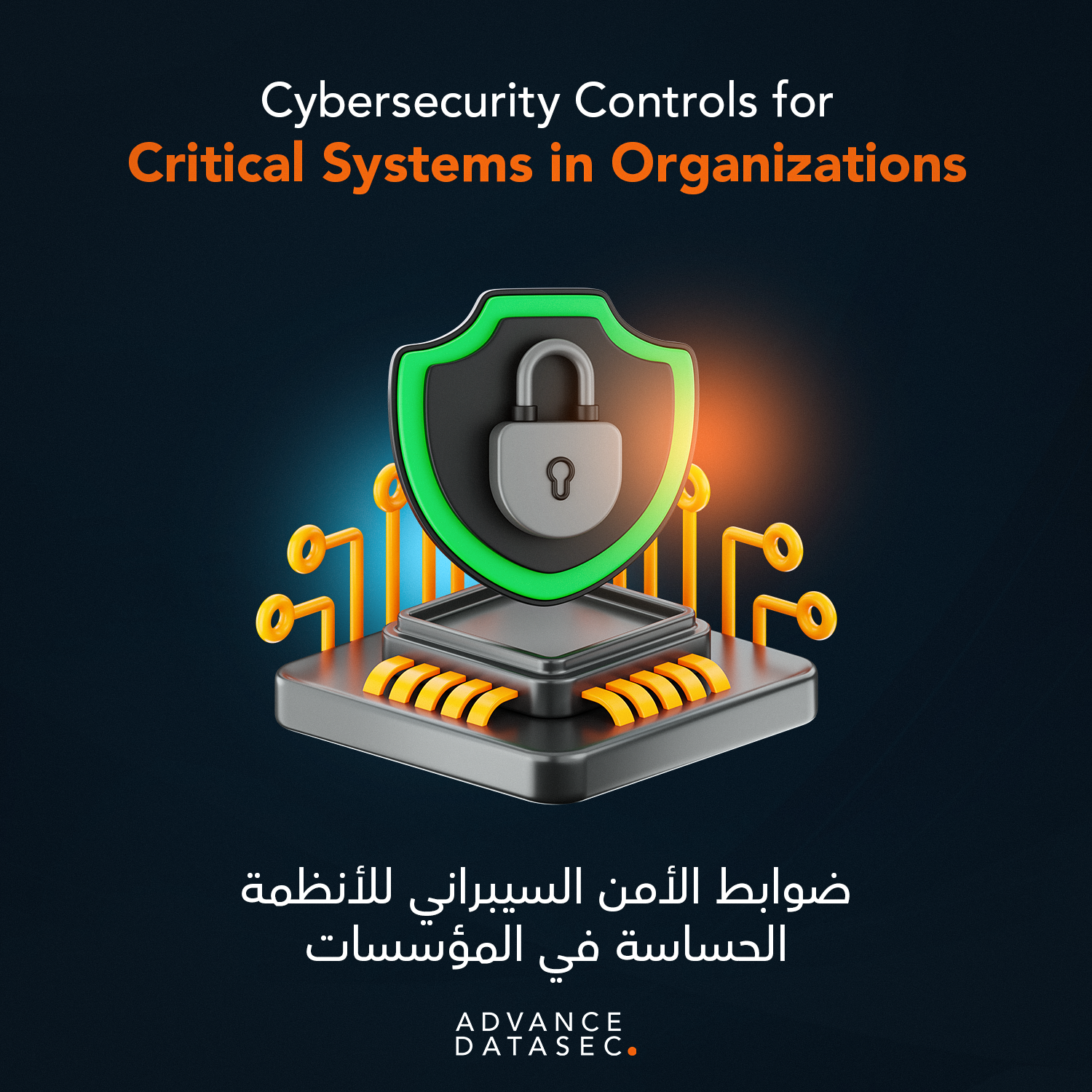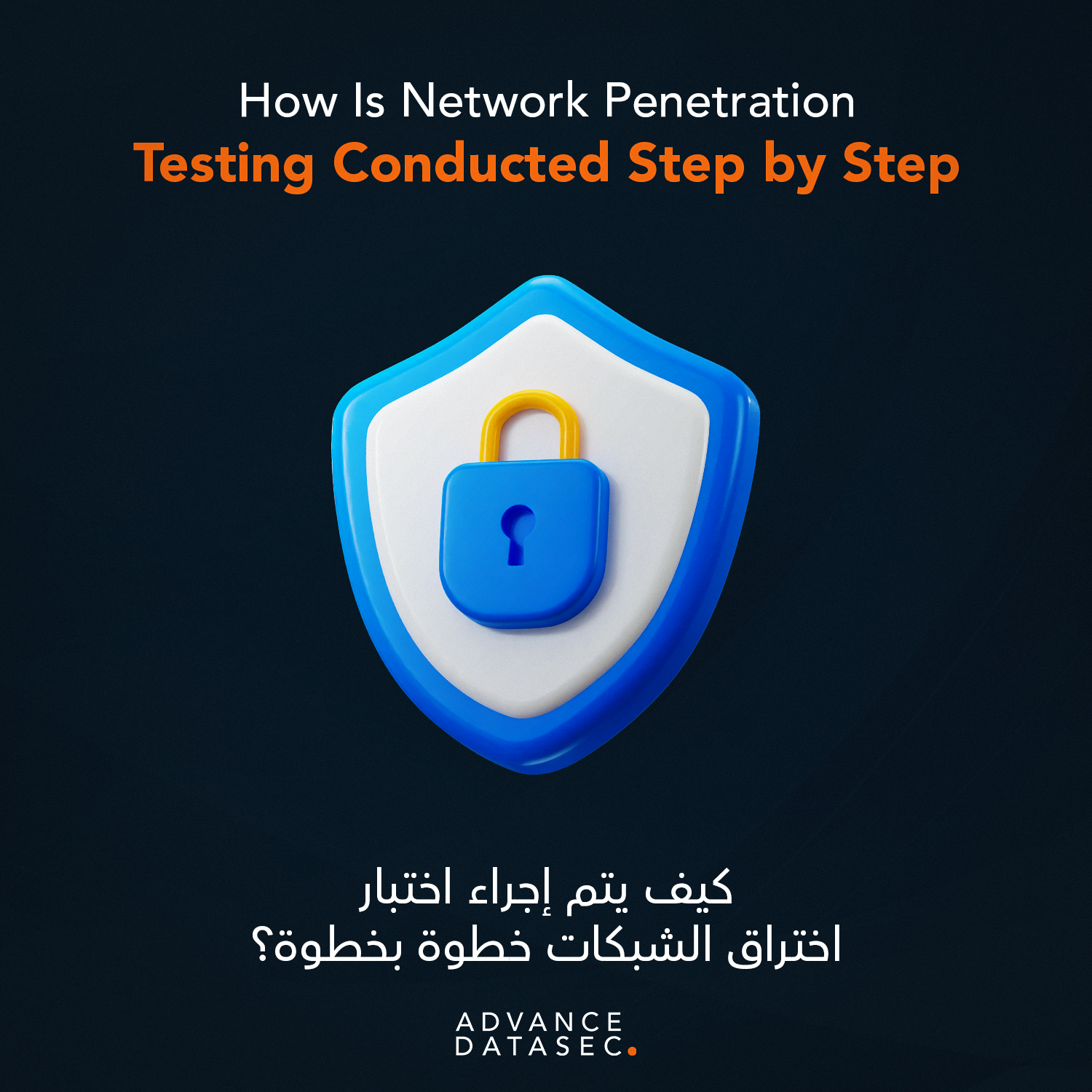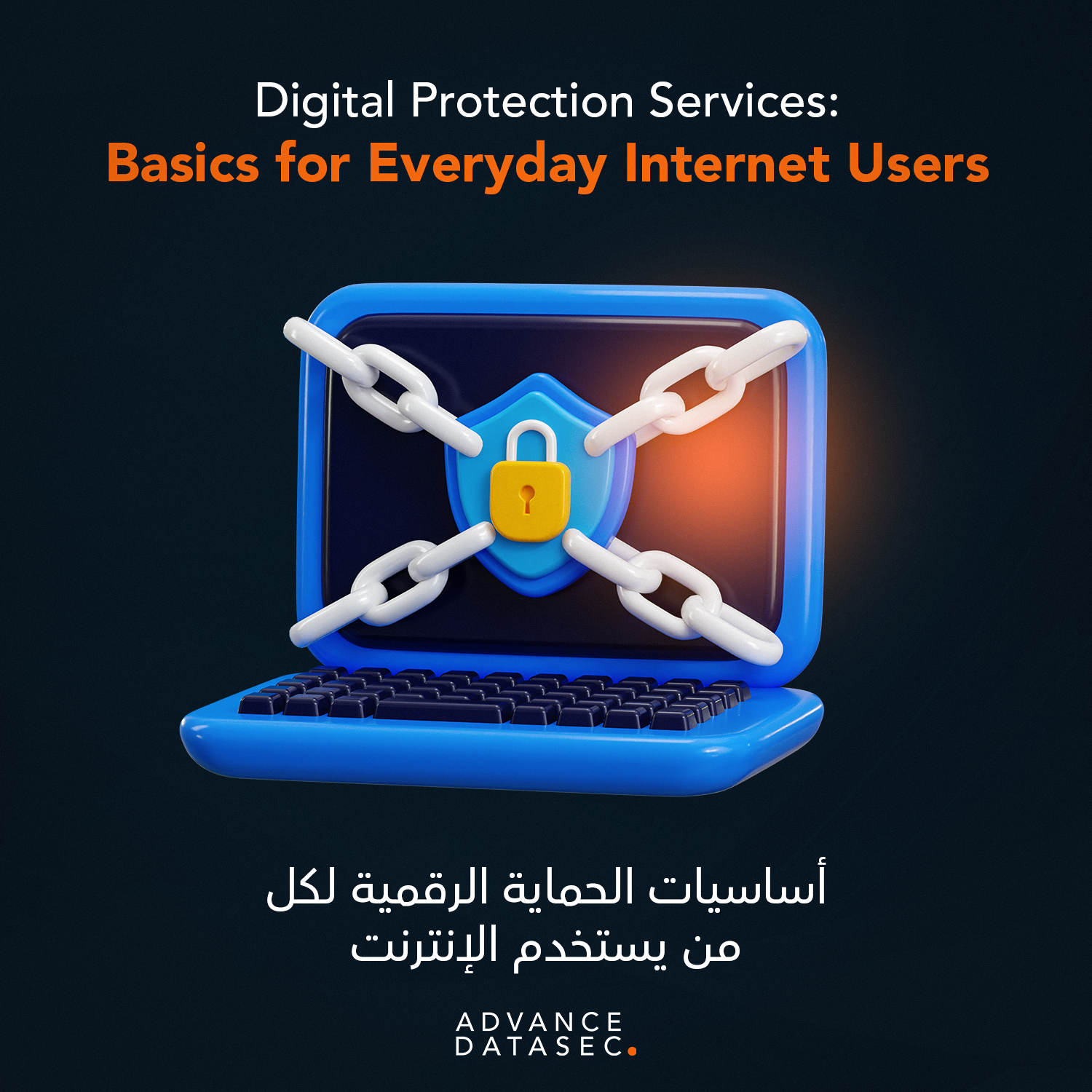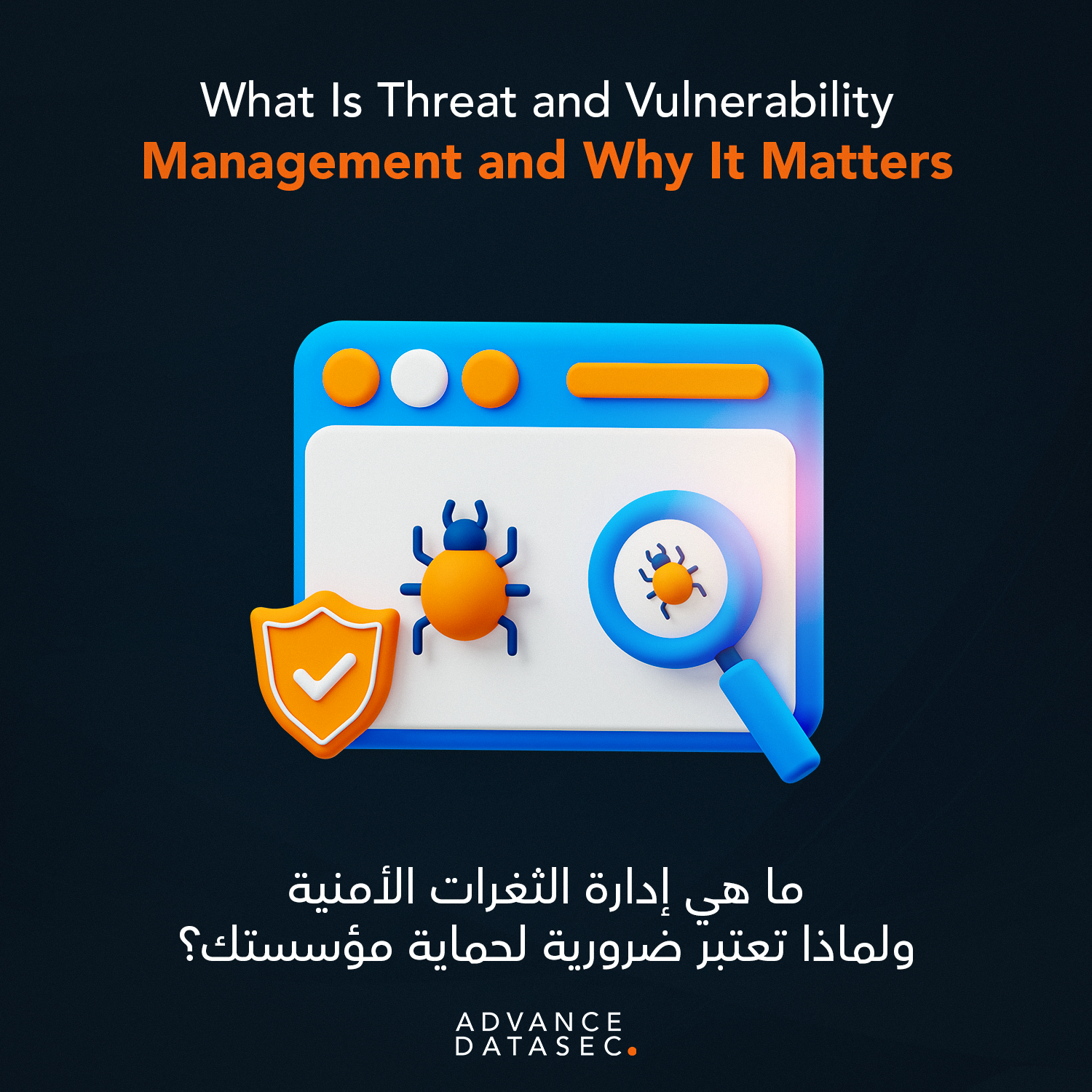In today’s hyper-connected digital landscape, the question is no longer if a cyber-attack will occur, but when. Every organization, regardless of size or sector, operates within a constantly expanding digital footprint, making the task of maintaining security a dynamic, never-ending challenge. At the heart of a resilient cybersecurity strategy lies threat and vulnerability management (TVM)—a disciplined, cyclical process designed to find, assess, prioritize, and remediate security weaknesses before malicious actors can exploit them.
This article delves into the core principles of TVM, breaks down its essential lifecycle, and explains why moving beyond simple, annual security audits to an integrated, continuous management program is not just a best practice, but a prerequisite for business continuity and success.
The Core Concepts Defined: Threats vs. Vulnerabilities
To understand threat and vulnerability management, we must first clearly differentiate between the two foundational terms:
- Vulnerability: This is a weakness or flaw in a system, application, process, or configuration that could be exploited by a threat. Think of it as an unlocked door or a cracked window in your digital infrastructure. Examples include unpatched software, weak passwords, or misconfigured firewalls.
- Threat: This is the potential cause of an unwanted incident that could result in harm to a system or organization. A threat is a malicious actor (a hacker), an environmental factor (a fire), or an accident (human error) actively seeking to exploit a vulnerability.
Threat and vulnerability management bridges the gap between these two concepts. It’s the structured approach to reducing the number of vulnerabilities available to threats, thereby shrinking the overall attack surface and minimizing risk. It shifts the security posture from reactive firefighting to proactive, strategic defense.
The Cyclical Lifecycle of Threat and Vulnerability Management
Effective threat and vulnerability management is not a one-time project; it is a continuous, four-stage loop that drives ongoing improvement in an organization’s security posture.
1. Discovery and Assessment (The “Find” Stage)
This initial phase is about gaining a complete picture of your digital environment. It involves comprehensive asset inventory and meticulous security scanning.
- Asset Inventory: Identifying every hardware, software, cloud resource, and network device in the environment. You cannot protect what you don’t know you have.
- Vulnerability Scanning: Using automated tools (e.g., scanners) to probe systems for known vulnerabilities. This ranges from network scanning to web application and cloud environment assessments.
- Penetration Testing (Pentesting): Going beyond automated scans to simulate real-world attacks, often manually, to uncover complex, chained vulnerabilities that scanners might miss.
2. Prioritization and Analysis (The “Filter” Stage)
Simply finding thousands of vulnerabilities is not helpful; security teams must know which ones to fix first. This is arguably the most critical stage of the threat and vulnerability management process.
Vulnerabilities are scored not just by technical severity (like the Common Vulnerability Scoring System or CVSS), but by business context:
- Exploitability: Is there a known exploit in the wild for this flaw?
- Asset Value: Does the affected system hold highly sensitive data (e.g., customer PII, financial records)?
- Threat Context: Is the threat actor currently targeting this sector or region?
Prioritization ensures that limited IT and security resources are directed toward patching the flaws that pose the highest, most immediate risk to business operations and critical assets.
3. Remediation and Mitigation (The “Fix” Stage)
Once prioritized, the vulnerabilities must be addressed. This is done through two primary actions:
- Remediation: Permanently fixing the vulnerability. This most commonly involves applying a vendor-released software patch, updating a firewall rule, or changing a system configuration.
- Mitigation: Reducing the risk while a full fix is being prepared. This might involve isolating a vulnerable server on a separate network segment or temporarily disabling an affected service.
4. Verification and Reporting (The “Validate” Stage)
The final step closes the loop. It involves re-scanning the systems to ensure the patches and fixes were successfully applied and did not introduce new issues. Accurate reporting provides management with key metrics, such as:
- Mean Time to Remediate (MTTR)
- Number of critical vulnerabilities remaining
- Compliance with internal and external security standards
Why It Matters: The Crucial Business Case
The strategic deployment of threat and vulnerability management offers tangible benefits that directly impact the bottom line and long-term viability of an organization.
Minimizing Financial and Operational Loss
A proactive TVM program dramatically lowers the probability of a major security breach. The cost of preventing a breach—through continuous scanning and patching—is orders of magnitude lower than the average cost of recovering from one, which includes regulatory fines, legal fees, notification expenses, and the total operational downtime.
Ensuring Regulatory Compliance
For businesses operating in highly regulated environments, particularly in Saudi Arabia (KSA) where frameworks like NCA ECC, NCA CCC, and SAMA CSF demand stringent security controls, TVM is indispensable. Continuous vulnerability assessment provides the hard evidence and reporting needed to prove compliance to auditors, mitigating the risk of massive non-compliance penalties.
Protecting Brand Reputation and Customer Trust
A security breach inevitably damages public perception, leading to a loss of customer confidence and market share. By demonstrating a mature, proactive approach to security through TVM, organizations protect their most valuable non-tangible asset: their reputation.
Sustaining Business Continuity
TVM is a key pillar of operational resilience. By eliminating common points of failure, the program ensures that core business systems remain available, functional, and reliable, safeguarding against disruptive ransomware attacks or data integrity issues.
Key Components of an Effective Strategy
Moving from ad-hoc scanning to mature threat and vulnerability management requires adopting a strategic approach built on technology, process, and people:
- Automated Scanning Tools: Investing in enterprise-grade scanners that offer continuous, authenticated scanning and integrate with existing ticketing and inventory systems.
- Asset Inventory Management: Maintaining a real-time, accurate database of all assets is foundational. This ensures no system—especially shadow IT—is left out of the scanning scope.
- Integrated Patch Management Program: Remediation must be fast. An effective strategy integrates vulnerability data directly into the patch management workflow, enabling swift deployment of fixes based on priority.
- Security Team Expertise: The people conducting the analysis must have the skill set to interpret scanner results, perform risk analysis, and understand the current threat landscape.
Conclusion: Securing Tomorrow, Today
In an era defined by rapid digital transformation and escalating cyber warfare, threat and vulnerability management is the non-negotiable cornerstone of a modern cybersecurity defense. It is the mechanism that ensures an organization is not just reacting to the latest headlines but is strategically reducing its own risk exposure on a continuous basis. By systematically addressing vulnerabilities, organizations can build a secure, stable platform for growth and innovation.
Don’t wait for a breach to expose the weaknesses in your infrastructure. Take control of your digital defenses and ensure business continuity now.
To establish a robust, continuous threat and vulnerability management program tailored to the specific regulatory and threat landscape of the Kingdom of Saudi Arabia, contact Advance Datasec today for a consultation.
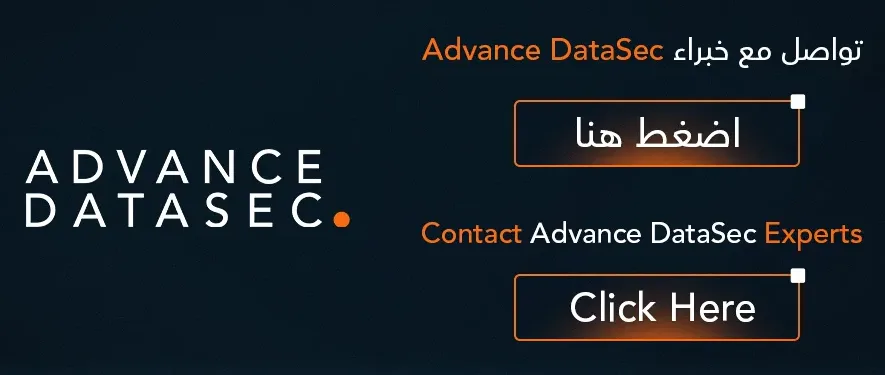
For More Articles:


